
Are you looking for practical ways to make your home more energy-efficient?
In this article, we will explore the top 10 DIY home solutions that can help you save energy and reduce your carbon footprint.
From weatherstripping and window insulation film to solar water heaters and energy-efficient appliances, these tips will not only help you cut down on your energy bills but also contribute to a more sustainable future.
Join us as we uncover these simple yet effective solutions for an energy-efficient home.
Weatherstripping
Weatherstripping is an effective method to reduce energy loss in your home by sealing gaps around windows and doors. By preventing drafts, weatherstripping helps to maintain a comfortable indoor temperature and reduces the need for excessive heating or cooling. This not only saves energy but also lowers utility bills. Additionally, weatherstripping provides added insulation, which reduces noise infiltration and enhances privacy.
To maximize the benefits of weatherstripping, it is important to ensure proper installation. Start by thoroughly inspecting windows and doors for any gaps or cracks. Clean and dry the surfaces before applying weatherstripping materials. Choose the appropriate type of weatherstripping based on the specific needs of each area. Common materials include adhesive-backed foam tape, V-strip, and door sweeps. Measure and cut the weatherstripping accurately, and firmly press it into place. Regularly check for any signs of wear or damage, and replace weatherstripping as needed to maintain its effectiveness.
Investing time and effort into weatherstripping can significantly contribute to a more energy-efficient home, providing long-term benefits for both your wallet and the environment.

Window Insulation Film
To further enhance the energy efficiency of your home, consider using window insulation film.
This is a cost-effective solution that helps to reduce heat loss during the winter and heat gain during the summer. Window insulation film works by creating an additional layer of insulation on your windows, helping to prevent drafts and improve overall thermal performance.
It can be easily installed by simply applying the film to the window surface and using a hairdryer to shrink it and create a tight seal. This technique is a popular choice for homeowners looking to improve energy efficiency without the need for expensive window replacements.
Attic Insulation
Attic insulation is a cost-effective way to improve the overall energy efficiency of your home. By properly insulating your attic, you can prevent heat loss in the winter and reduce heat gain in the summer, resulting in lower energy bills year-round.
There are various insulation options available, such as fiberglass batts, blown-in cellulose, or spray foam, allowing you to choose the best solution based on your budget and specific needs.
Cost-Effective Insulation Options
One of the most cost-effective options for improving insulation in your home is by focusing on the attic. Proper insulation in the attic can significantly reduce heat loss during the winter and prevent heat gain during the summer, leading to energy savings and a more comfortable living environment.
Here are some cost-effective insulation alternatives and DIY insulation techniques to consider:
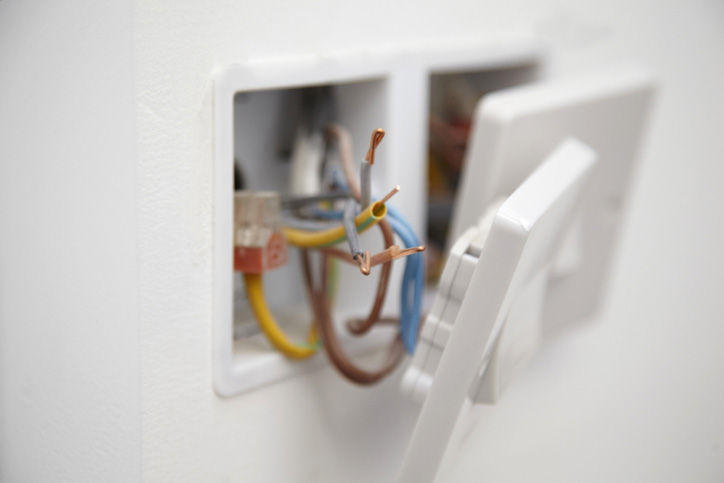
- Blown-in cellulose insulation: Made from recycled materials, this loose-fill insulation is an affordable option that can be easily installed in the attic.
- Fiberglass batts: These pre-cut insulation panels are relatively inexpensive and can be installed between attic joists.
- Radiant barrier foil: This reflective material can be installed on the underside of the roof to prevent radiant heat transfer.
- Spray foam insulation: While it may require professional installation, spray foam insulation provides excellent air sealing and insulation properties.
- DIY air sealing: Properly sealing air leaks in the attic can improve insulation and prevent energy loss.
Improving Overall Energy Efficiency
Improving the overall energy efficiency of a home can be achieved by focusing on the attic's insulation. Attic insulation plays a crucial role in reducing energy consumption and improving insulation efficiency. By properly insulating the attic, homeowners can prevent heat loss in winter and keep the home cooler in summer. This helps in maintaining a comfortable indoor temperature without relying heavily on heating and cooling systems, ultimately reducing energy consumption and utility bills.
There are several DIY options available for improving attic insulation. One popular method is adding insulation batts or rolls. These are made of fiberglass or mineral wool and can be easily installed between the attic joists.
Another option is blown-in insulation, which involves using a machine to blow loose-fill insulation material, such as cellulose or fiberglass, into the attic space.
Solar Water Heaters
Solar water heaters are increasingly popular for their energy-saving capabilities, providing an efficient and sustainable solution for heating water in residential properties.
Here are five reasons why you should consider installing a solar water heater in your home:
- Reduced energy bills: Solar water heaters utilize the sun's energy, reducing the need for electricity or gas, resulting in significant savings on your monthly energy bills.
- Environmental benefits: By using solar energy to heat water, you are reducing your carbon footprint and contributing to a cleaner, greener environment.
- Long-term investment: While the initial installation cost may be higher, solar water heaters have a long lifespan and can provide savings for years to come.
- Energy independence: With a solar water heater, you are less reliant on traditional energy sources, giving you more freedom and control over your energy consumption.
- Government incentives: Many governments offer incentives and tax credits for solar panel installations, making it a financially attractive option.
Energy-Efficient Light Bulbs
Energy-efficient light bulbs are a simple and effective way to reduce energy consumption in your home. By replacing traditional incandescent bulbs with energy-efficient lighting fixtures such as LED light bulbs, you can significantly lower your energy usage and save money on your utility bills.
LED bulbs use up to 80% less energy than incandescent bulbs and can last up to 25 times longer. Additionally, they emit very little heat, reducing the strain on your cooling system during hot summer months. LED bulbs also come in a variety of colors and styles, making it easy to find the perfect fit for any room in your home.
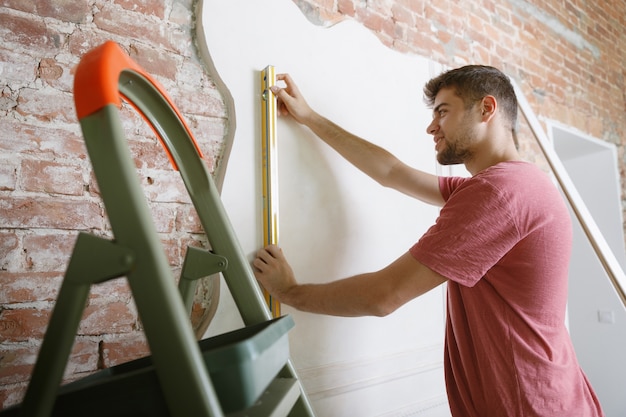
Switching to energy-efficient light bulbs is a practical and cost-effective solution to make your home more energy-efficient.
Programmable Thermostats
One effective way to further enhance energy efficiency in your home is by utilizing programmable thermostats. These devices allow you to set different temperature levels for different times of the day, ensuring that your heating or cooling system is only working when necessary.
Here are some benefits of using programmable thermostats:
- Energy savings: By programming your thermostat to lower or raise the temperature when you're not at home or asleep, you can significantly reduce your energy consumption and save money on your utility bills.
- Comfort and convenience: Programmable thermostats allow you to maintain a comfortable temperature in your home without constantly adjusting the settings manually.
- Customization: These thermostats offer various settings and programming options to suit your specific needs and preferences.
- Environmental impact: By reducing your energy usage, you're also reducing your carbon footprint and contributing to a greener environment.
- Increased control: Programmable thermostats give you the flexibility to easily adjust temperature settings to accommodate different schedules or changes in weather.
Low-Flow Showerheads
Low-flow showerheads offer numerous benefits when it comes to water conservation and energy efficiency. By reducing water usage, these showerheads can help lower utility bills and contribute to a more sustainable lifestyle.
In terms of installation, it is important to follow proper guidelines to ensure maximum efficiency and effectiveness.
Water-Saving Showerhead Benefits
Installing water-saving showerheads in your home can significantly reduce water consumption and contribute to a more sustainable and environmentally-friendly lifestyle. Here are some benefits of using low-flow showerheads:
- Water Conservation: Low-flow showerheads can help conserve water by reducing the amount of water used during showers, without compromising on the water pressure or shower experience.
- Energy Efficiency: By using less hot water, low-flow showerheads can also help save energy, as heating water accounts for a significant portion of energy consumption in households.
- Cost Savings: With reduced water usage, homeowners can save on their water bills, leading to long-term cost savings.
- Environmental Impact: By conserving water, low-flow showerheads help to preserve this precious resource and reduce the strain on water sources and ecosystems.
- Easy Installation: Installing a water-saving showerhead is a simple DIY project that can be done without professional help, making it an accessible and affordable water conservation method.
Installation Tips for Efficiency
To ensure optimal efficiency when installing low-flow showerheads, it is important to carefully follow the manufacturer's instructions. These instructions will provide specific details on the installation techniques and steps required for proper setup.
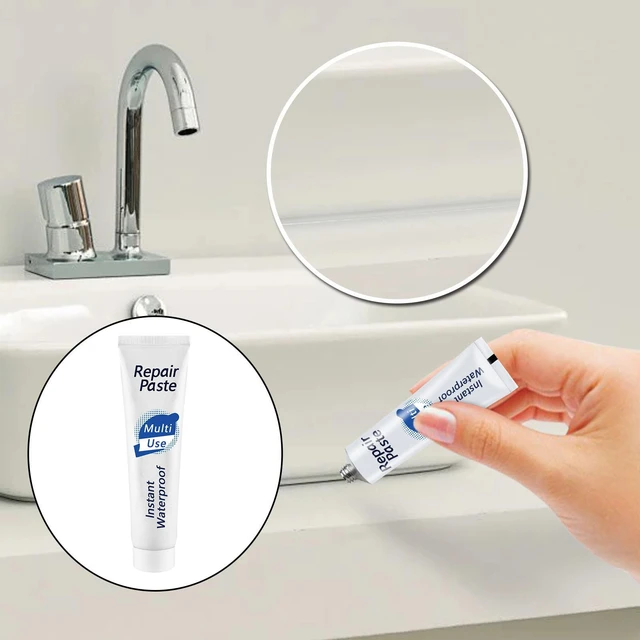
Start by turning off the water supply to the shower and removing the existing showerhead using a wrench. Clean the shower arm threads and apply plumber's tape to create a tight seal.
Then, attach the low-flow showerhead by screwing it onto the shower arm and tightening it securely. Once installed, test the showerhead for any leaks and make adjustments if necessary.
Energy-Efficient Appliances
One key aspect of creating a more energy-efficient home is investing in modern, energy-saving appliances. By upgrading to energy-efficient refrigerators, you can significantly reduce your electricity consumption. These refrigerators are designed with advanced insulation and improved compressor technology, resulting in lower energy usage without compromising on performance.
Investing in smart thermostats is another effective way to make your home more energy-efficient. These devices allow you to control and schedule your heating and cooling systems remotely, enabling you to optimize energy usage and reduce wasted energy when you're away from home.
To further enhance your energy efficiency, consider the following:
- Energy-efficient washing machines and dryers
- Induction cooktops that use less energy compared to traditional stoves
- Energy-efficient light bulbs such as LED or CFL
- Energy-efficient dishwashers that use less water and electricity
Radiator Reflectors
Radiator reflectors are a simple yet effective solution for increasing the energy efficiency of your home.
By reflecting heat back into the room, they help reduce heat loss through the walls and windows.
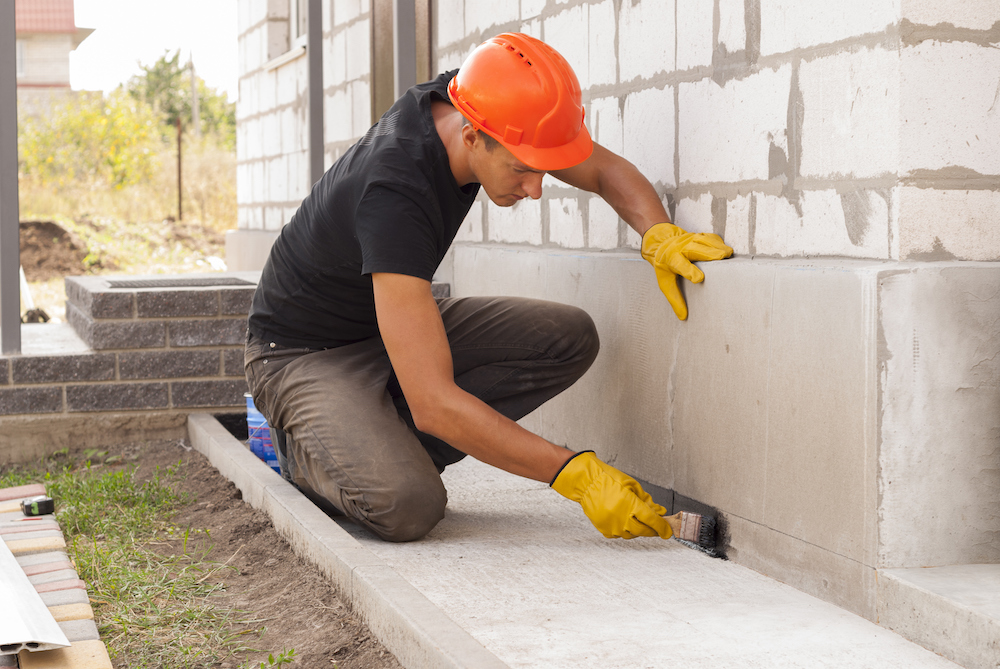
These reflectors are easy to install and require minimal maintenance, making them a practical choice for homeowners looking to enhance their home's energy efficiency.
Reflecting Heat for Savings
Reflecting heat for savings can be achieved by installing radiator reflectors in your home. These reflectors are designed to reduce heat loss by reflecting the heat back into the room instead of allowing it to escape through the walls. Here are five practical ways to reflect heat for savings:
- Install heat reflective coatings on your windows to prevent heat from escaping and keep your home cooler in the summer.
- Use energy-saving blinds or curtains to block out the sun's rays during the hottest parts of the day and reduce the need for air conditioning.
- Place reflective panels behind radiators to prevent heat from being absorbed by the walls and instead direct it into the room.
- Insulate your attic to prevent heat loss through the roof and keep your home warm in the winter months.
- Use reflective film on skylights to reduce heat transfer and maintain a comfortable temperature inside your home.
Easy Installation and Maintenance
To ensure easy installation and maintenance of radiator reflectors, homeowners can follow these practical steps.
First, gather the necessary tools such as a tape measure, scissors, and adhesive tape.
Measure the dimensions of the radiator and cut the reflector material accordingly.
Next, clean the radiator surface to ensure proper adhesion.
Apply the adhesive tape to the back of the reflector and carefully attach it to the wall behind the radiator.
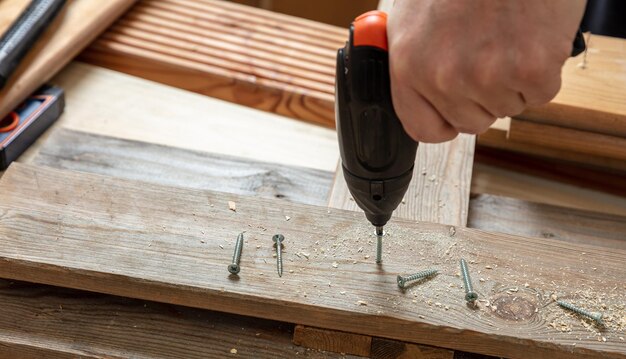
Make sure to leave a small gap between the reflector and the radiator to allow for air circulation.
For maintenance, regularly check the reflector for any signs of damage or wear.
Clean it with a damp cloth to remove any dust or debris.
Enhancing Home Energy Efficiency
One effective way to enhance home energy efficiency is by utilizing radiator reflectors. These simple and cost-effective devices can help to reduce heat loss and improve the overall performance of your heating system. Here are five reasons why radiator reflectors are a great addition to any home:
- Reflects heat back into the room, increasing the efficiency of your heating system.
- Easy to install, requiring no special tools or expertise.
- Can save you money on your energy bills by reducing the amount of heat that escapes through the walls.
- Helps to maintain a more consistent and comfortable temperature in your home.
- Provides an additional layer of insulation, especially for older homes with less efficient heating systems.
Duct Sealing
Improving the energy efficiency of your home can be achieved by properly sealing your ducts. Ducts play a crucial role in distributing heated or cooled air throughout your home. However, if they are not properly sealed, up to 30% of the air can be lost due to leaks, leading to higher energy bills and discomfort.
To start, it is essential to conduct regular duct cleaning to remove any dust or debris that may clog the system and hinder its efficiency. Additionally, insulating your ducts can prevent heat loss or gain, ensuring that the air reaches its destination at the desired temperature.
Frequently Asked Questions
How Much Does Weatherstripping Cost and Is It Worth the Investment?
Weatherstripping is a cost-effective solution for improving energy efficiency in homes. While the cost varies depending on the type and size of the project, it is generally worth the investment. Alternatives to weatherstripping include caulking and insulation.
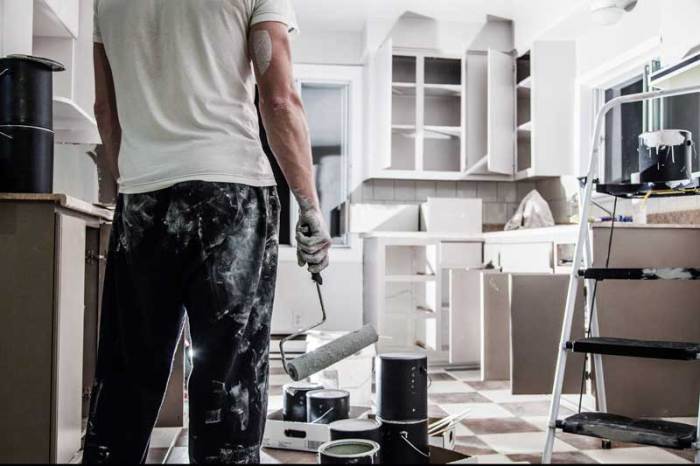
Can Window Insulation Film Be Applied to All Types of Windows?
Window insulation film can be applied to most types of windows, including single-pane, double-pane, and sliding windows. The installation process is relatively simple and offers benefits such as increased energy efficiency and reduced heat loss. However, it may have some drawbacks, such as reduced visibility and difficulty of removal.
Is Attic Insulation a DIY Project or Should It Be Done by Professionals?
Attic insulation installation can be a DIY project; however, it is recommended to have it done by professionals for optimal results. Professional installation ensures proper insulation coverage, reduces energy loss, and maximizes energy efficiency in the home.
Are Solar Water Heaters Effective in Colder Climates?
Solar water heaters can be effective in colder climates, but their efficiency may be reduced compared to warmer regions. Factors such as the amount of sunlight and insulation in the system can impact their performance.
Can Energy-Efficient Light Bulbs Be Used in All Types of Light Fixtures?
Energy-efficient light bulbs can be used in most types of light fixtures, including those with dimmer switches. They can also be used outdoors, although their performance may vary in different weather conditions. The benefits include reduced energy consumption and longer lifespan.
 Family Craft ProjectsHome ImprovementCooking and BakingReuse and RecycleDIY GiftsEco-Friendly ProjectsDIY Home SolutionsSeasonal ActivitiesFun and GamesLearn TogetherPrivacy PolicyTerms And Conditions
Family Craft ProjectsHome ImprovementCooking and BakingReuse and RecycleDIY GiftsEco-Friendly ProjectsDIY Home SolutionsSeasonal ActivitiesFun and GamesLearn TogetherPrivacy PolicyTerms And Conditions

 Family Craft ProjectsHome ImprovementCooking and BakingReuse and RecycleDIY GiftsEco-Friendly ProjectsDIY Home SolutionsSeasonal ActivitiesFun and GamesLearn TogetherPrivacy PolicyTerms And Conditions
Family Craft ProjectsHome ImprovementCooking and BakingReuse and RecycleDIY GiftsEco-Friendly ProjectsDIY Home SolutionsSeasonal ActivitiesFun and GamesLearn TogetherPrivacy PolicyTerms And Conditions
